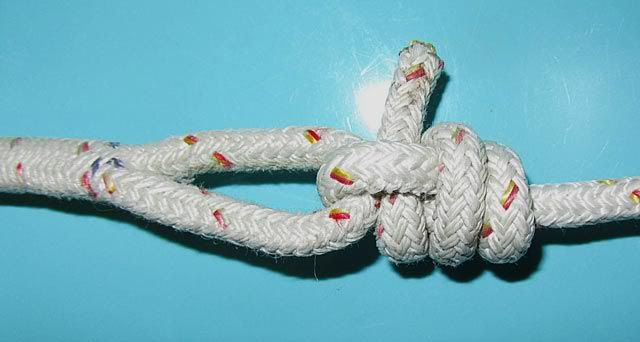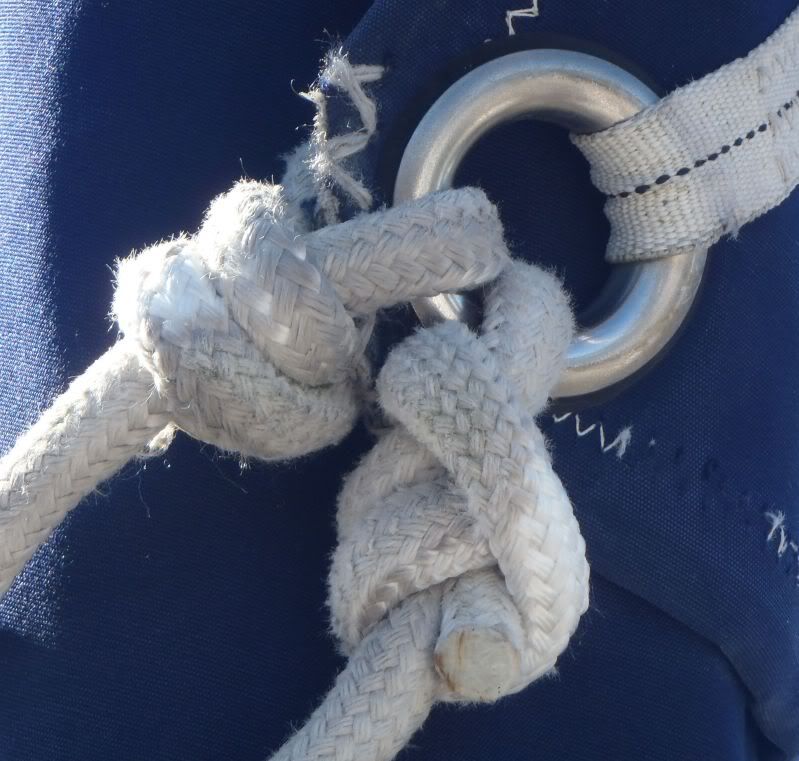Hi All,
I've never been good with double braid splicing, but I have identified where I run into my problem.
After pulling the core, tapering the cover, putting the cover inside the core, I run into problems putting the core back inside the cover. Specifically, I can't get the fid far enough past the point where the core originally comes out of the cover. It is just too tight. I've tried a bunch of things, but really have a tough time.
Any suggestions would be appreciated. Sure wish splicing DB was as easy as 3-strand.
Dave
I've never been good with double braid splicing, but I have identified where I run into my problem.
After pulling the core, tapering the cover, putting the cover inside the core, I run into problems putting the core back inside the cover. Specifically, I can't get the fid far enough past the point where the core originally comes out of the cover. It is just too tight. I've tried a bunch of things, but really have a tough time.
Any suggestions would be appreciated. Sure wish splicing DB was as easy as 3-strand.
Dave






